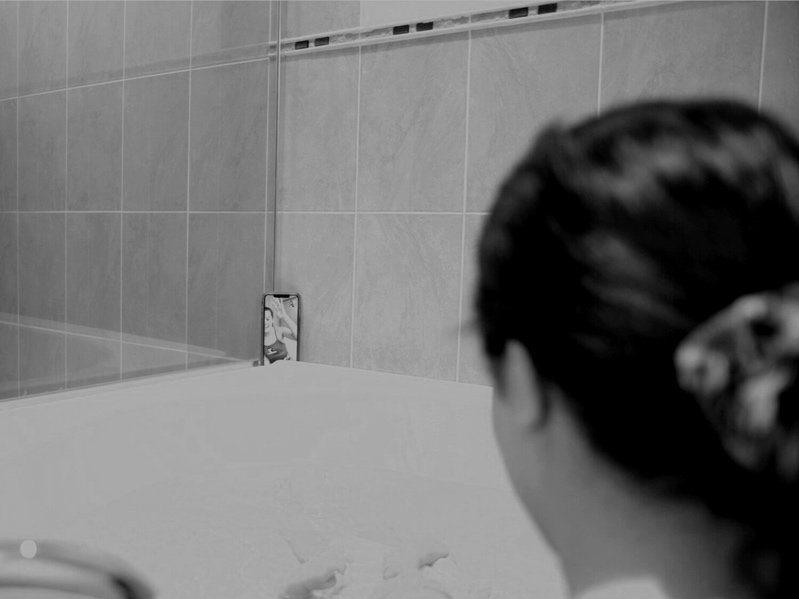Let’s Talk About Swimming Trauma
Swimming is not just a fun activity; it’s a vital life skill that offers numerous physical and cognitive benefits for babies and young children. However, for some, the journey to enjoying the water can be fraught with anxiety and fear. Swimming trauma, whether experienced firsthand by your baby or secondhand through a parent’s past experiences, can pose significant challenges. We understand these concerns and are here to guide you through overcoming swimming trauma, ensuring that both you and your baby can embrace the joy of swimming with confidence.
Understanding Swimming Trauma
Swimming trauma can manifest in various ways. It may stem from a frightening experience in the water, such as a near-drowning incident, or from witnessing someone else in distress while swimming. For parents, unresolved fears from their own childhood can inadvertently influence their baby’s perception of water. Recognizing these different origins of trauma is the first step towards addressing and overcoming them.
Firsthand Trauma: When Your Baby Experiences Fear
Babies are naturally curious, but they can also be sensitive to new environments. A single negative experience, such as getting an excess of water in their nose or eyes, can create a lasting impression. Signs that your baby may be experiencing swimming trauma include:
Crying or tantrums when approaching the water.
Clinging to you or refusing to enter the pool.
Physical signs of distress, such as trembling or a rapid heartbeat.
Overcoming Firsthand Trauma
Create a Positive Environment: Start with short, fun sessions in a calm, controlled setting, like a bathtub! Use toys and songs to create a joyful atmosphere.
Gradual Exposure: Slowly introduce your baby to the water. Begin with shallow areas where they can sit and play, gradually moving to deeper sections as their comfort increases.
Consistent Routine: Regular, positive experiences in the water can help desensitize your baby’s fear. Consistency is key to building trust and comfort.
Celebrate Small Wins: Acknowledge and celebrate every small achievement, whether it’s splashing water or dipping their toes. Positive reinforcement encourages continued progress.
Secondhand Trauma: When Parents’ Fears Affect Their Baby
Parents play a crucial role in shaping their baby’s attitude towards swimming. If you’ve had a traumatic experience with water, it’s natural to feel anxious about your baby’s safety. However, these fears can be transferred to your baby, even unintentionally.
Overcoming Secondhand Trauma
Acknowledge Your Fears: Understanding and acknowledging your own fears is the first step. Reflect on your experiences and how they may be influencing your behavior.
Seek Professional Help: Consider working with a therapist or counsellor who specializes in phobias and trauma. They can provide strategies to manage your fears.
Educate Yourself: Equip yourself with knowledge about water safety and baby swimming techniques through swim lessons. Confidence in your own skills can help reduce anxiety.
Positive Reinforcement: Focus on creating positive experiences for your baby. Encourage their exploration and celebrate their progress, even if it means stepping out of your comfort zone.
Join a Supportive Community: Engage with other parents and caregivers who are going through similar experiences. Sharing stories and tips can provide comfort and motivation.
Swim Lessons
At watermellow, we understand the complexities of swimming trauma and are dedicated to providing a supportive and nurturing environment for both parents and babies. Our online classes are designed to:
Offer personalized guidance from experienced instructors who understand the nuances of swimming trauma.
Provide flexible, at-your-own-pace lessons that allow you and your baby to gradually build confidence.
Foster a community where parents can share experiences, seek advice, and celebrate milestones together.
Overcoming swimming trauma is a journey that requires patience, understanding, and support. Whether your baby has had a frightening experience or you’re dealing with your own water-related fears, it’s important to approach this challenge with compassion and perseverance. At watermellow, we are here to help you and your baby discover the joy and benefits of swimming, creating positive memories that will last a lifetime.
Remember, every splash, every smile, and every moment in the water is a step towards overcoming fear and embracing the wonderful world of swimming. Let’s make this journey together, one small step at a time.
JOIN OUR NEWSLETTER
JOIN OUR NEWSLETTER
Meet Kaylee Kennedy…
I'm Kaylee Kennedy, the founder of watermellow.
Our renowned swimming program nurtures and develops each baby's unique abilities.
Inspired by my experience as a young mom teaching my little one to swim, I'm passionate about swimming and its benefits for early childhood development.
Join us at watermellow to help your baby grow an amazing relationship with the water in a safe and supportive environment, creating lasting memories together.














